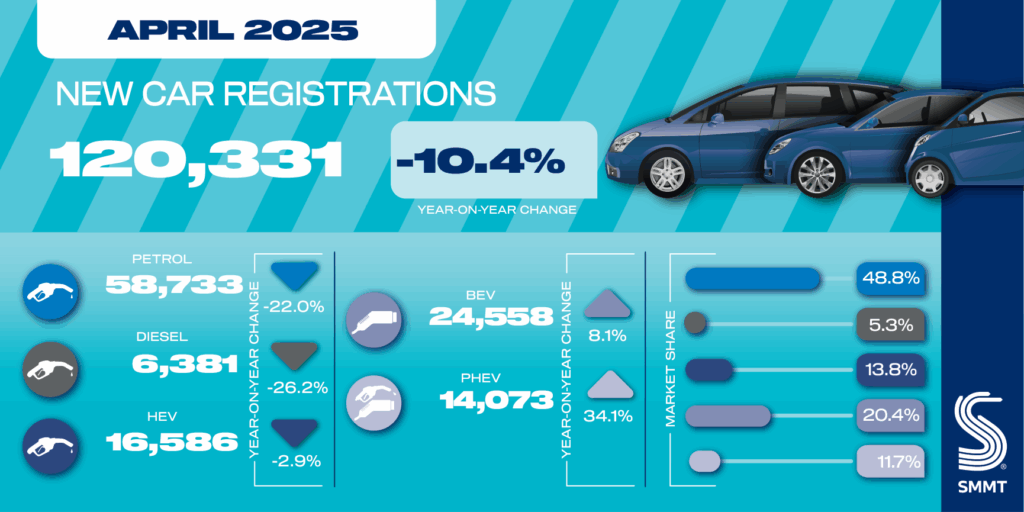Exploring the Growth of the Direct Selling Market: Projections and Key Drivers
Explore the Direct Selling Market’s growth, key drivers, and future trends. Get insights on its value and projections through 2034.

In an era where digital transformation continues to reshape global commerce, the Direct Selling Market has emerged as a resilient and adaptive distribution model within the retail ecosystem. The global direct selling market reached a value of nearly USD 175.19 Billion in 2024, reflecting its continued relevance and appeal across demographics. Looking ahead, the market is projected to grow at a CAGR of 1.70% between 2025 and 2034, reaching approximately USD 207.36 Billion by 2034. This steady growth highlights the market’s ability to evolve with consumer expectations, leverage technological advancements, and support entrepreneurial aspirations worldwide.
To learn more about the key dynamics driving this market, click here for further insights. Explore the direct selling industry with Expert Market Research for in-depth analysis, market forecasts, and strategic guidance tailored to industry stakeholders.
What is Direct Selling?
Direct selling is a method of marketing and selling products directly to consumers, typically outside of a fixed retail environment. Sales are often conducted one-on-one, through home demonstrations, online platforms, or group presentations. Unlike traditional retail models, direct selling empowers individuals—often called independent distributors or consultants—to act as the primary sales channel, building personal connections with consumers.
This model has long been recognized for its flexibility, low startup costs, and appeal to individuals seeking entrepreneurial opportunities. In a time of rising interest in side hustles and remote work, direct selling has gained renewed relevance among digital-savvy populations and economically underserved communities alike.
Historical Evolution of the Direct Selling Industry
The origins of direct selling can be traced back to the traveling salespeople and peddlers of the 19th century. As urbanization and industrialization expanded, so too did opportunities for personal selling. The modern form of direct selling gained traction in the mid-20th century with companies such as Avon, Amway, and Tupperware leading the way.
These companies pioneered business models based on multilevel marketing (MLM), enabling representatives to earn not just from their own sales but also from the performance of their recruited teams. As the industry matured, so did scrutiny around its structure, ethics, and long-term sustainability. Despite this, direct selling has remained a prominent player in the consumer goods space.
Key Drivers of the Direct Selling Market
Several macro and microeconomic factors continue to fuel the growth of the direct selling industry. Let’s explore the most influential ones:
Rise of Entrepreneurial Culture
The global appetite for flexible income opportunities has never been stronger. Direct selling offers an accessible entry point into entrepreneurship with minimal upfront investment. This appeals especially to women, students, retirees, and part-time job seekers.
Digital Transformation and Social Commerce
Social media has revolutionized how direct sellers reach customers. Facebook Live, Instagram Reels, WhatsApp catalogs, and TikTok promotions have become powerful tools for engagement and conversion. Sellers now manage micro-businesses using e-commerce platforms and mobile apps, enabling real-time customer interaction.
Demand for Personalization
Direct selling thrives on the personalized buying experience. Unlike mass marketing, it fosters deeper customer relationships, making it ideal for premium wellness, beauty, and lifestyle products that benefit from consultative selling.
Product Innovation in Wellness and Beauty
Consumers are increasingly drawn to high-quality, wellness-focused products. Nutritional supplements, organic skincare, and eco-friendly household goods are among the top-selling categories. Direct selling companies have responded by expanding their R&D investment and rolling out product lines that align with health-conscious lifestyles.
Expansion in Emerging Markets
Countries like India, Brazil, Mexico, and the Philippines are witnessing strong growth in direct selling, driven by rising middle-class populations, urbanization, and mobile phone penetration. These regions offer significant untapped potential.
Market Segmentation Analysis
To better understand the dynamics of the direct selling market, it is important to examine how the industry is segmented:
By Product Type:
Wellness Products: Vitamins, supplements, weight management, etc.
Cosmetics and Personal Care: Skincare, makeup, fragrances
Home and Household Goods: Kitchenware, cleaning supplies
Apparel and Accessories: Jewelry, fashion products
Services: Education, digital tools, insurance in some markets
By Business Model:
Single-Level Marketing (SLM): Income is based solely on personal sales
Multi-Level Marketing (MLM): Earnings also come from recruiting and team performance
By Sales Channel:
Door-to-door sales
Party plans
Online/social selling
Mobile apps and platforms
By Region:
North America
Europe
Asia-Pacific
Latin America
Middle East & Africa
Competitive Landscape
The global direct selling landscape is shaped by several key players that consistently innovate to maintain market share:
Amway: A global leader known for health, beauty, and home care products.
Herbalife Nutrition: Specializes in nutritional supplements and health programs.
Avon: An iconic beauty brand with a strong presence in global markets.
Vorwerk: Maker of premium household products, such as the Thermomix.
Mary Kay: Renowned for empowering women entrepreneurs in beauty.
Smaller regional players are also emerging, bringing localized approaches and niche products to the table.
Technology’s Role in Redefining Direct Selling
Digital tools have fundamentally reshaped the direct selling experience:
Mobile CRM systems empower distributors to manage customer relationships on-the-go.
AI-based tools are being used to personalize product recommendations and automate follow-ups.
Augmented Reality (AR) features in beauty brands allow customers to "try on" makeup digitally.
Gamification and rewards apps increase distributor motivation and training engagement.
Technology is enabling scalability, compliance, and consistency—key concerns in managing large networks of sellers.
Challenges in the Direct Selling Market
Despite its growth, the industry faces critical hurdles:
Regulatory Scrutiny: MLM models are often investigated for ethical concerns and pyramid scheme allegations.
Saturation in Developed Markets: In North America and Europe, competition and market fatigue pose growth challenges.
Reputation Management: Consumer skepticism due to aggressive recruitment practices can hinder new customer acquisition.
Digital Competition: E-commerce giants and influencer-led DTC brands are becoming formidable rivals.
Addressing these challenges will require transparency, innovation, and a focus on value creation rather than aggressive expansion.
Regulatory Environment and Compliance
Regulations vary widely by country. While some nations like the U.S. have clear FTC guidelines, others operate with minimal oversight, creating inconsistent seller experiences. Key compliance best practices include:
Transparent compensation plans
Product-first (vs. recruitment-first) models
Strong return and refund policies
Ethical training of sellers
Global associations like the World Federation of Direct Selling Associations (WFDSA) play a critical role in advocating for fair practices and industry standards.
Changing Consumer Behavior and Expectations
Modern consumers expect more than just a product—they seek brand authenticity, sustainability, and community. Key trends include:
Health-Conscious Living: Driving demand for clean-label and organic products.
Eco-Friendly Packaging: Influencing purchase decisions across demographics.
Digital Engagement: Buyers want social proof, real-time support, and omnichannel convenience.
Personal Brand Appeal: Consumers are more likely to buy from someone they trust or follow on social media.
These trends are reshaping how direct sellers approach both sales and storytelling.
Future Outlook: What Lies Ahead for the Direct Selling Industry
The future of the direct selling market is being shaped by a blend of technology, demographic change, and strategic evolution. Key developments expected by 2034 include:
Hybrid Selling Models: Seamless integration of physical interaction with digital convenience.
Millennial and Gen Z Focus: These cohorts will become dominant sellers and consumers.
Increased Regulation: Tighter global scrutiny will favor companies with ethical practices.
AI-Driven Training and Support: Virtual mentors and personalized onboarding experiences for distributors.
Localized Product Strategies: Cultural and regional customization for better market penetration.
With steady growth projected, the direct selling industry is expected to remain a crucial channel for commerce—particularly for relationship-driven and experience-rich product categories.
Media Contact
Company Name: Claight Corporation
Contact Person: Peter Fernandas, Corporate Sales Specialist
Email: sales@expertmarketresearch.com
Toll Free Number: +1–415–325–5166 | +44–702–402–5790
Address: 30 North Gould Street, Sheridan, WY 82801, USA
Website: www.expertmarketresearch.com





















































































